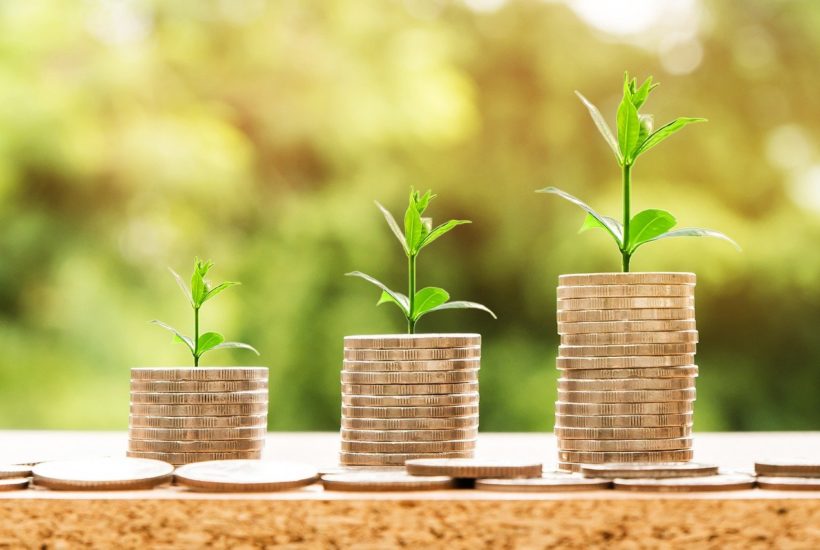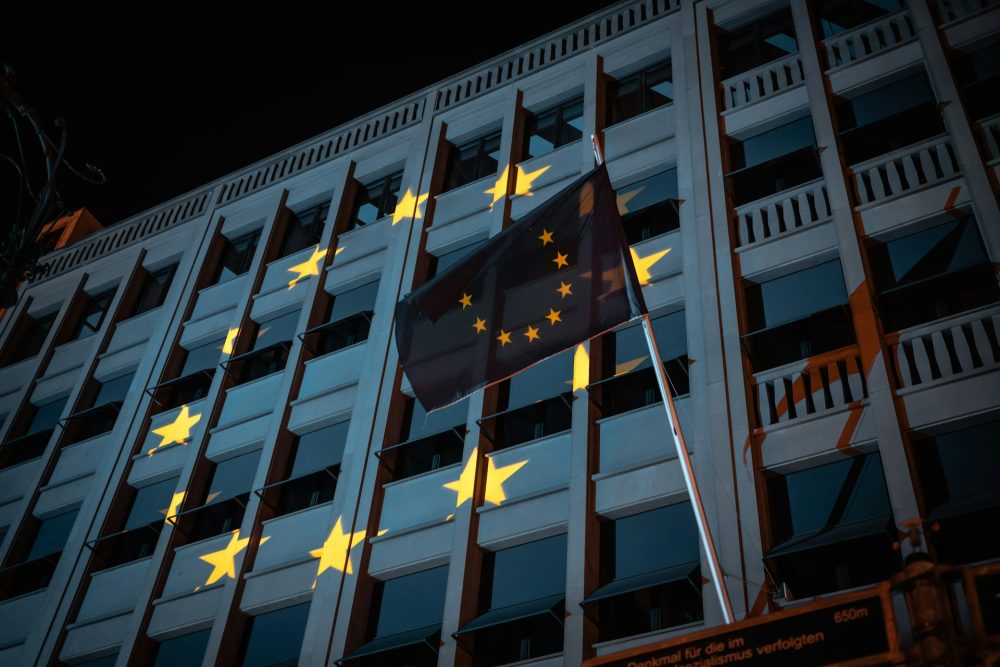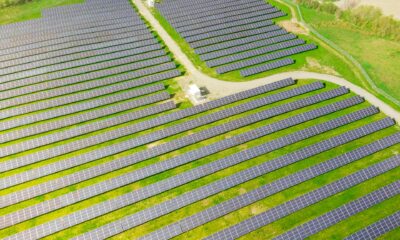Featured
Green Bond Funding: a Perfect Catalyst for Infrastructure Reform in America
By expressly earmarking capital funds for projects that are environmentally conscious, green bond investors are providing funding for public sector projects that deliver renewable energy options. As Congress moves closer to the passage of an infrastructural bill that also will promote sustainability, it is obvious that green bonds will play a critical role in infrastructure reform in America.

There’s a trend gaining strength that is worth watching. Private sector investors are beginning to seek investment opportunities that provide more than good returns. There is great appeal for investments focused on sustainability. Nowhere is this trend more clearly illustrated than in the surging popularity of green bonds.
Green bonds are traditional fixed-income securities issued by supranational, national, and corporate entities. Unlike their conventional counterparts, green bonds come with tax exemptions and tax credits that save investors an estimated 0.04 percent annually – but there are additional benefits. Green bonds adhere to ‘environmental and social governance’ (“ESG”) criteria, which means they are designed to deliver benefit for the environment, climate, and sustainability. Simply put, investors are able to help ‘save the planet’ while enjoying tax breaks and a good return on investment all at the same time.
By expressly earmarking capital funds for projects that are environmentally conscious, green bond investors are providing funding for public sector projects that deliver renewable energy options, sustainable waste management, energy efficiency, enhanced land use, biodiversity, clean transportation, safe water, and more.
This is not a new trend … it’s just a fervor that is gathering strength rapidly
As early as 2008, one supranational financial institution had already issued $600 million in green bonds for the construction of hydroelectric generating plants to provide clean energy for impoverished neighborhoods. In 2020, a single corporate green bond package was issued for 17 projects that eventually added over 350 megawatts of renewable energy to grids throughout the states of Nevada, Illinois, and Virginia. And even more recently, a $4.7 billion corporate green bond package in 2021 funded a project to generate 1.2 gigawatts of renewable energy for consumption on a global scale.
Green bond issuances have exceeded $1 trillion since 2015. With each successive year, annual green bond issuance totals have increased exponentially. During 2019, alone, the issuance of $267 billion in green bonds marked a $100 billion increase from the previous year. As corporate leaders throughout the U.S. continue to make multi-billion-dollar corporate issuances, green bond funding will continue to command great attention from public officials.
Between 2015 and 2019, the San Francisco Public Utilities Commission (SFPUC) sold more than $1.4 billion in green bonds. The funding was used for projects in three service areas – water storage capacity, enhanced renewable energy generation plants, and diversion of stormwater from treatment plants. Then, in 2020, the SFPUC issued two more green bonds to upgrade water system protections against climate-related disasters such as earthquakes.
In fact, green bonds have pervaded the entire length of California. The San Diego Unified School District announced this month that an ‘AAA’ credit rating was applied to over $500 million of green bonds issued for environmentally sustainable initiatives. The projects include a new classroom building, a performing arts center, several solar energy projects, numerous charter school projects, college career technical education efforts, classroom technology resources, and new technology infrastructure.
Beyond California, green bonds have also been used to finance municipal transportation projects throughout the U.S. The New York Metropolitan Transportation Authority (MTA) has issued a total of $11.3 billion in green bond funding for 18 different projects that all met criteria set by the Climate Bonds Standard to promote “Low-Carbon Transport.” Similarly, the Los Angeles County MTA, Puget Sound Transit Authority, and Bay Area Rapid Transit in San Francisco have issued green bonds for totals of $1.4 billion, $943 million, and $625 million, respectively, to fund sustainable transportation projects.
In November 2020, green bond initiatives extended to the village of Key Biscayne, Florida, after residents voted to issue $100 million for projects ensuring some aspect of climate resilience. The following month, municipal green bonds were issued in Boston to fund energy efficiency and climate-related projects that provided protection against hazards such as storm surges and/or rises in sea levels.
In March, the Central Arkansas Water Department in Little Rock issued a green bond for $31.8 million to fund a project that will protect a watershed and ensure the purity of drinking water. Examples such as these point to an ever-increasing trend to fund various projects that relate to future sustainability through green bonds.
As Congress moves closer to the passage of an infrastructural bill that also will promote sustainability, it is obvious that green bonds will play a critical role in infrastructure reform in America. This is a trend worth watching.
__
(Featured image by nattanan23 via Pixabay)
DISCLAIMER: This article was written by a third party contributor and does not reflect the opinion of Born2Invest, its management, staff or its associates. Please review our disclaimer for more information.
This article may include forward-looking statements. These forward-looking statements generally are identified by the words “believe,” “project,” “estimate,” “become,” “plan,” “will,” and similar expressions. These forward-looking statements involve known and unknown risks as well as uncertainties, including those discussed in the following cautionary statements and elsewhere in this article and on this site. Although the Company may believe that its expectations are based on reasonable assumptions, the actual results that the Company may achieve may differ materially from any forward-looking statements, which reflect the opinions of the management of the Company only as of the date hereof. Additionally, please make sure to read these important disclosures.

-

 Africa2 weeks ago
Africa2 weeks agoMorocco Emerges as Key Fertilizer Supplier as Brazil’s Reliance Grows
-

 Markets4 hours ago
Markets4 hours ago2025 Chaos, Concentration, and the Road to 2026
-

 Biotech1 week ago
Biotech1 week agoSpain Prioritizes Clinical Benefit Over Efficiency in Funding New Cancer Drugs
-

 Impact Investing2 weeks ago
Impact Investing2 weeks agoEU Health Council Advances Key Pharmaceutical and Public Health Reforms
























